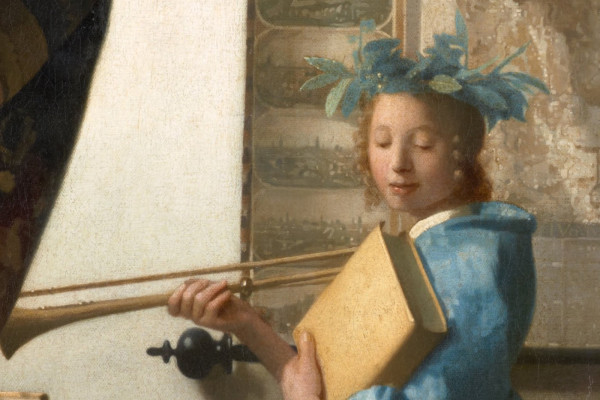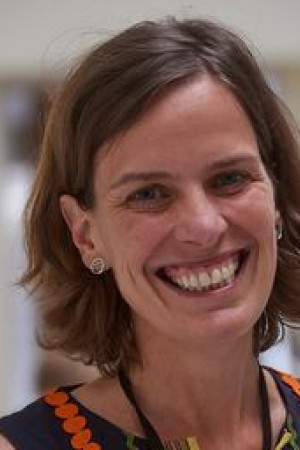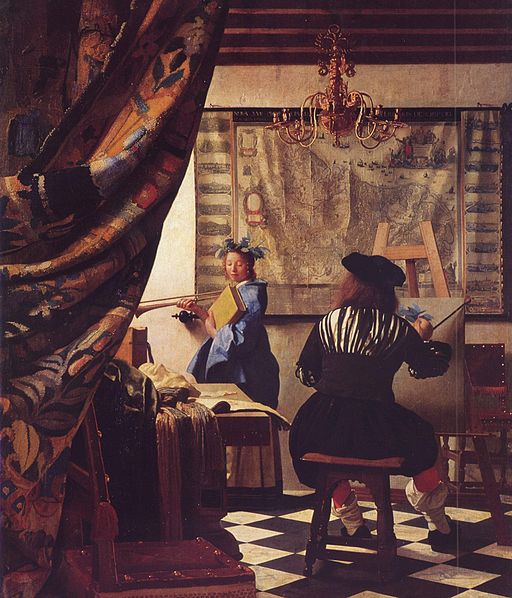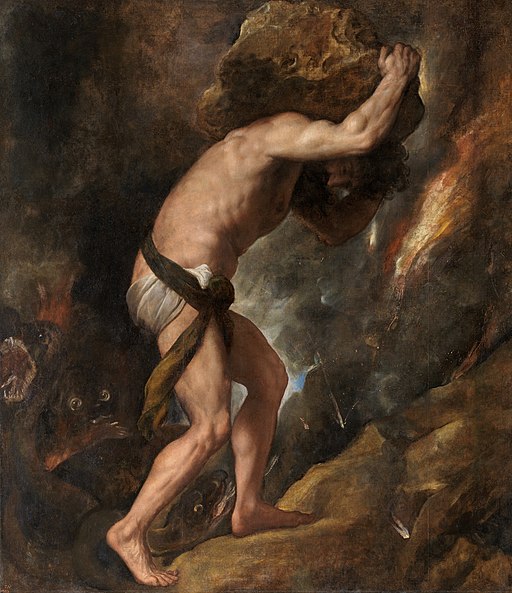The painting by Pieter Breughel the Elder entitled ‘The Fall of the Rebel Angels’ represents a very dramatic episode from the Old Testament. Among the angels, there is Saint Michael from the Apocalypse fighting with Lucifer. Here the painter combined biblical times with the ancient. He lived in the period after America was discovered and rare things from the new continent found their way to the art of the period, such as the butterflies or strange types of fish. Helmets on the heads of angels show the influence of the Ottoman Empire, a rising empire threatening Europe.
When we turn to the times closer to us, we notice that the artists continue using symbols, finding in them comfort and a reference to their own existence. Let’s look at the art pieces of the young black painter from New York, Jean-Michel Basquiat. During his very short life (1960-1988) he did graffiti around New York City, painting crowns and figures of the Red Warrior in acrylic and oil sticks. Under the influence of Communist propaganda, he also did drawings of the hammer and sickle.
ICONIC IMAGES IN WESTERN ART
Saint Sebastian is among the most famous subjects, painted many times by many artists from classic times to the modern day. He was a Roman soldier (256 A.D.-288 A.D.), then became a Christian and was executed. Albrecht Dürer depicted Saint Sebastian tied to a tree. El Greco shows him with only one arrow flying directly to his heart. Eugène Delacroix presented Saint Sebastian lying and dying, with Sainte Irene bending over him trying to save him.
Later the figure of Saint Sebastian was widely used by homosexual artists to show a similarity between their fate and his. In 1962, Carl Fischer depicted the famous American boxer Muhamad Ali as a martyr similar to Saint Sebastian. In the new millennium, the sculptor Michael Richards showed the body of Saint Sebastian being attacked by airplanes. This was a sculpture in bronze. In an incredible premonition, Richards was killed during the attacks of 9/11.
Eggs are another iconic image of iconography. The egg is a symbol of purity. In the Renaissance period, the image was widely used. Piero Della Francesca’s painting ‘Madonna of the Eggs’ (1472) shows an egg hanging from the ceiling of the church. Other artists like Giovanni Bellini and Fra Angelico did similar works. In our times, the Romanian sculptor Constantin Brancusi ISG Newsletter October 2022 21 September 2022 www.isgbrussels.be Page 7 of 19 created a big marble egg and named it ‘The Creation of the World’. Marcel Broodthaers’s sculpture ‘Little cage with eggs’ executed in bronze gives us the feeling that the eggs are fragile and need to be protected. Peter Carl Faberge’s splendid eggs in precious materials were created in his atelier in Saint Petersburg at the end of the 19th century for the Russian imperial family. All together they were 69 eggs.







